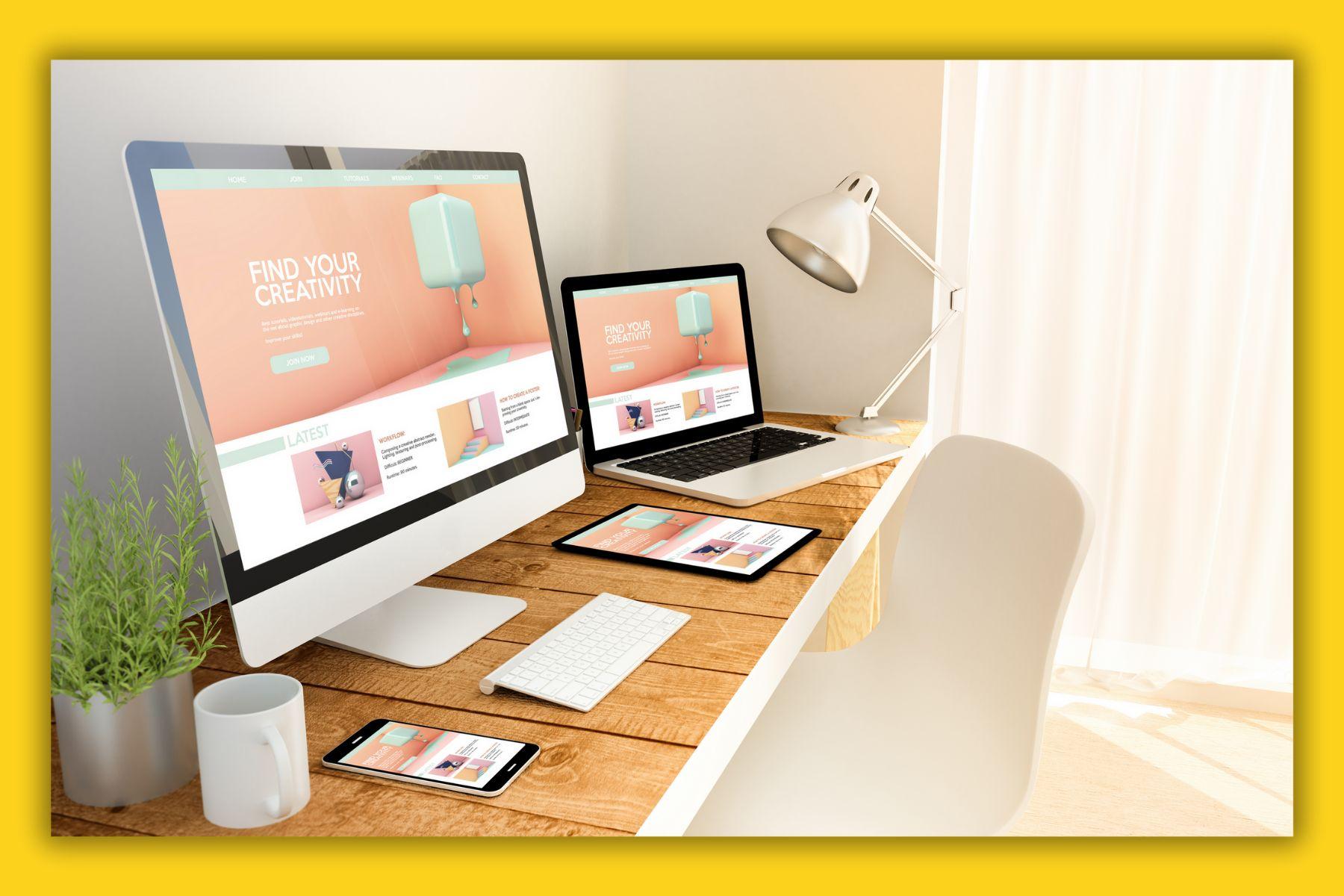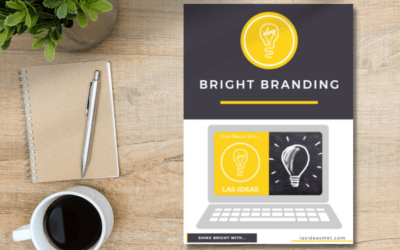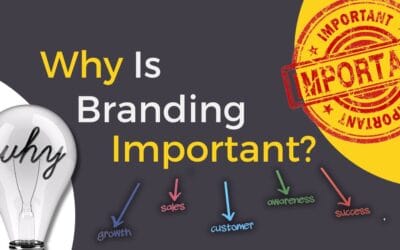The Ultimate Guide to the Importance of Marketing Material
In today’s digital age, the importance of tangible marketing materials might seem diminished. However, the reality is quite the opposite. Effective marketing materials, both digital and physical, play a pivotal role in brand recognition, trust-building, and customer engagement. This comprehensive guide will shed light on the undeniable importance of marketing material in the business landscape.
*Disclaimer: This page may contains affiliate links. If you were to buy something from an affiliated site from this page we’ll receive a small commission at no extra cost to you.
The Importance Of Marketing Material
Marketing materials are the structure of any promotional strategy. They serve as tangible evidence of a company’s offerings, values, and brand identity. Whether it’s a brochure detailing services or an online ad campaign, these materials communicate directly with potential customers, making them indispensable for businesses of all sizes.
Types of Marketing Materials
- Printed Collateral: Brochures, business cards, flyers, and posters.
- Digital Assets: E-brochures, digital banners, and email templates.
- Promotional Items: Branded merchandise like pens, mugs, and t-shirts.
- Presentations: Slide decks for meetings, webinars, and seminars.

Why Marketing Materials Matter
- First Impressions: They often serve as the first point of contact.
- Brand Consistency: Ensures a unified brand message across all platforms.
- Credibility: High-quality materials enhance brand trustworthiness.
- Information Dissemination: Efficiently communicates offerings and USPs.
Incorporating Digital Trends
With the rise of digital marketing, integrating QR codes, augmented reality, and interactive elements in traditional marketing materials can bridge the gap between offline and online marketing.
Cost-Effective Promotion: Maximizing Impact Without Maxing Out Your Budget
In the realm of business promotion, there’s a common misconception that quality marketing materials come with a hefty price tag. However, the digital age has democratized the process, allowing businesses of all sizes to produce top-tier promotional content without draining their resources. Here’s how:
1. Online Design Platforms:
Platforms like Canva, Adobe Express, and Vista Create offer user-friendly interfaces with a plethora of design templates. Even those without a background in graphic design can craft visually appealing marketing materials, from brochures to social media posts. Many of these platforms offer free versions with a wide range of design options, while premium features are available for a modest fee.
2. Stock Images and Graphics:
Websites like Unsplash, Pexels, and Pixabay provide high-resolution images for free. These can be incorporated into marketing materials, eliminating the need for expensive photoshoots or graphic design commissions. Similarly, platforms like Freepik offer vectors and graphics that can enhance the visual appeal of your materials.
3. Print-On-Demand Services:
For physical marketing materials, print-on-demand services like Vistaprint or Moo allow businesses to order in smaller quantities, reducing upfront costs. This means businesses can adapt and change their materials without the worry of wasting large batches of outdated content.
4. Digital Distribution:
With the rise of digital marketing, businesses can distribute materials electronically, saving on printing and distribution costs. E-brochures, digital catalogs, and email campaigns can reach a wide audience without the associated costs of physical materials.
5. Crowdsourcing and Freelance Platforms:
Websites like 99designs allow businesses to crowdsource design work, ensuring they get a design they love without overspending. Alternatively, platforms like Fiverr and Upwork connect businesses with freelance designers, often at rates more affordable than traditional design agencies.
6. DIY Video Tools:
Video content is increasingly becoming a vital marketing tool. Platforms like InVideo enable businesses to create professional-quality videos without the need for expensive equipment or software.
7. Analytics and Feedback:
Tools like Google Analytics or social media insights allow businesses to track the effectiveness of their marketing materials. By understanding what works and what doesn’t, businesses can optimize their materials without unnecessary expenditure on ineffective strategies.
In today’s digital landscape, creating impactful marketing materials doesn’t necessitate a large budget. By leveraging online tools, platforms, and strategies, businesses can achieve professional results that resonate with their audience, all while maintaining cost-effectiveness. The key is to be resourceful, adaptive, and always on the lookout for innovative solutions that align with the brand’s vision and goals.
Crafting Effective Marketing Materials
Designing impactful marketing materials is a blend of creativity and strategy. These materials not only represent your brand but also serve as a bridge connecting you to your potential customers. Here’s a detailed roadmap to guide you through the process:
1. Understand Your Audience:
Before diving into design, it’s crucial to have a clear understanding of who you’re speaking to. Conduct market research, create buyer personas, and identify the pain points and aspirations of your target demographic. This ensures that your materials resonate and engage effectively.
2. Maintain Brand Consistency:
Your marketing materials should be an extension of your brand identity. This means maintaining consistency in fonts, colors, logos, and overall design aesthetics. A unified brand image fosters trust and makes your business instantly recognizable amidst the clutter.
3. Prioritize Quality:
While it might be tempting to cut corners, especially with budget constraints, the quality of your materials speaks volumes about your brand. Investing in high-quality printing and design reflects professionalism and commitment to excellence.
4. Include Calls to Action (CTA):
Every piece of marketing material should have a clear purpose. Whether it’s driving website traffic, encouraging sign-ups, or promoting a sale, always include a compelling CTA that guides your audience on what to do next.
5. Stay Updated:
The business landscape is ever-evolving, and so should your marketing materials. Regularly review and update them to ensure they reflect current offerings, trends, and brand messaging.
Ready to Elevate Your Marketing Materials?
Crafting effective marketing materials is a journey, and having the right partner can make all the difference. At LasIdeasMkt, we specialize in bringing your brand’s vision to life through bespoke design and strategic insights. Whether you’re starting from scratch or looking to revamp your existing materials, let’s collaborate and create something exceptional. Reach out to us today and let’s embark on this journey together!
The Role of Marketing Materials in Digital Strategy
While digital marketing is on the rise, traditional marketing materials still hold their ground. Integrating the two can lead to a holistic marketing strategy. For instance, using QR codes on printed materials to direct users to online platforms.
The Future of Marketing Materials: A Glimpse into Tomorrow’s Possibilities
The marketing landscape is in a constant state of evolution, driven by technological advancements and changing consumer behaviors. As we look ahead, the future of marketing materials promises a blend of innovation, personalization, and immersive experiences. Here’s what we can anticipate:
1. Interactive Brochures:
Gone are the days of static print brochures. The future beckons with brochures embedded with Augmented Reality (AR) and QR codes. Imagine pointing your smartphone at a brochure image and watching it come to life, offering a 3D product view or a virtual tour of a property. This level of interactivity can significantly enhance user engagement and information retention.
2. AI-Driven Personalization:
Artificial Intelligence (AI) is set to revolutionize marketing materials. By analyzing user data, AI can help businesses create materials tailored to individual preferences. For instance, e-catalogs that adjust their content based on a user’s browsing history, ensuring they see products most relevant to them.
3. Physical-Digital Fusion:
The line between digital and physical marketing materials will blur. Think NFC-enabled business cards that, when tapped against a smartphone, direct users to a personalized landing page. Or posters with embedded sensors that send promotional notifications to nearby smartphones.
4. Sustainable Materials:
As businesses become more environmentally conscious, the demand for eco-friendly marketing materials will rise. This means a shift towards biodegradable prints, recycled materials, and digital alternatives that reduce carbon footprints.
5. Voice-Activated Materials:
With the rise of voice assistants like Alexa and Google Assistant, we might see marketing materials that can interact with these platforms. Imagine voice-activated brochures or catalogs where users can ask questions and get real-time responses.
6. Immersive Experiences with VR:
Virtual Reality (VR) offers a realm of possibilities for marketing. Companies could design VR-enabled catalogs where users can virtually try out products or take immersive tours, enhancing the decision-making process.
7. Real-time Updates:
Digital marketing materials, like e-brochures or apps, will have the capability for real-time updates. This ensures that users always have access to the latest information, prices, and offerings without needing to download or print new versions.
The future of marketing materials is a thrilling blend of technology, creativity, and user-centric design. As boundaries between the physical and digital worlds merge, businesses have a plethora of opportunities to engage, impress, and convert their audiences in novel ways.
FAQs
Why are marketing materials essential for small businesses?
Even for small enterprises, marketing materials help in establishing credibility, attracting local clientele, and competing with larger businesses.
How often should I update my marketing materials?
Regular updates are crucial. Ensure that your materials reflect current offerings, prices, and any changes in branding or company details.
Can I design my own marketing materials?
Absolutely! With numerous online tools available, even those without a design background can create effective materials. However, for specialized items, consider hiring a professional.
How do I measure the effectiveness of my materials?
Track metrics like engagement rate, conversion rate, and ROI. For printed materials, consider using QR codes to track online engagement.
What’s the difference between branding and marketing materials?
While they overlap, branding materials focus on establishing brand identity, while marketing materials promote specific products, services, or offers.
Are digital marketing materials more effective than printed ones?
Both have their strengths. While digital materials offer broader reach and analytics, printed materials provide tangibility and can be more impactful in local or targeted promotions.
🌟 Ready to Elevate Your Brand? 🌟
Dive into the future of marketing with us! Whether you’re looking to blend the digital with the physical, or simply want to make a lasting impression, LasIdeasMkt is here to guide you every step of the way. Don’t get left behind in the ever-evolving world of marketing.
Contact LasIdeasMkt today and let’s craft a strategy that propels your brand into tomorrow.
KPI Made Easy: Your Comprehensive Guide to Key Performance Indicators
Bright Branding Made EasyKPI Made EasyMastering Key Performance Indicators for Business GrowthHave you ever pondered the true impact of your business metrics and how they shape your company's future? Do you understand how to effectively harness these metrics without...
Bright Branding Kit
Bright Branding Made Easy Bright Branding KitYour downloadable guide to grow them all important branding roots....Let The Branding Begin!Have you ever thoroughly considered what your brand is and what it means to your business? Do you know how to properly establish...
How Passion Can Be Your Most Powerful Branding Tool
How Passion Can Be Your Most Powerful Branding ToolBrands are more than logos and taglines. They're also the people behind them—the ones who provide an emotional connection with their customers. Brands need to feel authentic, and it's important that they show their...
Understanding Schemas: The Key to Boosting Your Website’s Visibility
Understanding Schemas: The Key to Boosting Your Website’s VisibilityIn the world of search engine optimization (SEO), there are many elements to consider. Some of them, like keywords and backlinks, get a lot of attention. Others, like schemas, often go unnoticed, even...
Why is Branding Important For A Small Business?
Why Is Branding Important For Small BusinessesAs a small business owner, you have a lot on your plate. From managing day-to-day operations to developing marketing strategies, it can be overwhelming to prioritize your time and resources. However, there is one crucial...
LET THE Branding
BEGIN
Branding




